Kalifornia Rail
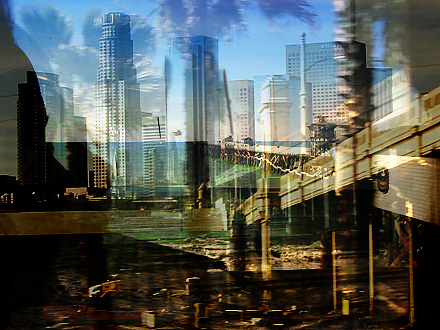
Let’s get this straight.
Train rides are not the pastoral, romantic, or exciting experiences put forth so frequently in the nostalgic, affected fictions of novels and films. Even less so if said train ride is an obligatory means of transportation, not having other viable choices to reach a particular destination (in light of the choices one does have, gullibly subscribing to the aforementioned notion of rail-travel quaintness in Southern Kalifornia, was not the most fortunate example of good judgement).
Trains are neither comfortable nor particularly efficient –as far as one’s experience goes. Nor do trains lead to felicitous encounters with wonderfully colored characters as a prelude to magical adventure –as some fictions would like us to believe. But there is vintage ritual aplenty in the diligent manner and demeanor in which the technical aspects of train travel are talked-up, presented, and delivered by uniformed personnel fully vested in the lore of rail. Ticketing, seating priorities and allocations, times and destinations are presented as unmovable truths; lofty laws the governing rules of which are best abided by. Or so we are asked to believe.
In practice… anything goes. And it goes messy for the most part.
A train ride is however, an excellent opportunity for conducting anthropological studies, criminal background checks, mental health evaluations, personal endurance tests, and exercises in self-abnegation and tolerance. It is good as well for taking the measure of one’s capacity to absorb witticisms from crew members let loose with microphones and loudspeakers. It is also a full-dress, battlefield opportunity to deploy the well-stocked arsenal of health-preservation tactics one has so tidily collected over the years.
Prolonged exposure to a broad range of humanity does not do much for pleasantries. It’s without a doubt much wiser, saner, and healthier to travel in the relatively innocuous environment of an air-conditioned automobile, regardless of the length of the drive, the density of the freeway logjam, and the vagaries of less enlightened driving habits. Additionally, being fully engaged in starts and stops at freeway speeds, one is kept at a prudent remove from the bleak and the blight of industrial America’s aging relics and their attendant unattended backyards of sleeper communities –clearly visible from the upper vantages of pullman cars– where squalor and despair freely mix with bland monochromatic shades of sunlight filtering through Southern Kalifornia’s pervasive coastal fog, punctuated by a relentless soundtrack of rhythmic clatter, steel rolling upon steel.
An unintended irony is that, as this overpowering mass of metal lumbers through its various destinations, one gets the sense of being in on the ultimate throwback conspiracy –a blunt, closed-circuit, land-line, rotary-dial mode of transportation with absolute disdain for modern efficiencies; a semblance of a perceived past order which, one assumes, makes up a large part of the nostalgia related to the experience of train travel. Ultimately, it is a blatant, crude, analog intrusion into the open-ended, self-invented, cosmically aligned, pristine self-regard of 21st Century digital Kalifornia. The finger sticking it to the digit, so to speak.
On the sunny side though, a San Diego-Los Angeles train ride does have a few moments of visual worth, especially the trek between San Diego and San Clemente, where the tracks hug –most of the time– the beaches and coastal communities of Southern Kalifornia.
A veritably dynamic experience is the eye opening non-sequitur, straight into Union Station and the molting, melting, molding mass of humanity that is downtown Los Angeles; a full-fledged immersion into an environment that save for a few exceptions, challenges all commonly-held assumptions of demographic diversity and integration.
Also enticing was a dangling carrot in the form of a Chinatown lunch in downtown Los Angeles, which was the original purpose of this rail-bound endeavor. One is known to suffer untoward indignities and affronts to one’s fuddy-duddy personality, when the promise and the premise of a Chinese food experience is at stake. One did have to endure the railway sufferance, but the meal and the Chinatown experience evened out the balance.
There was of course, the matter of the return trip. That train journey into the dark side is best left for other ruminations.

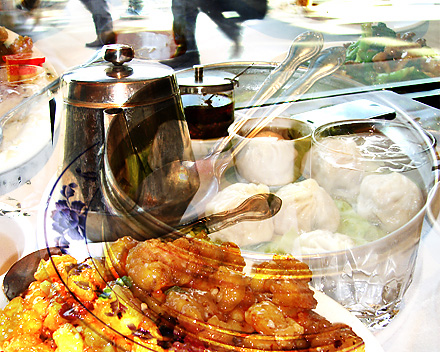
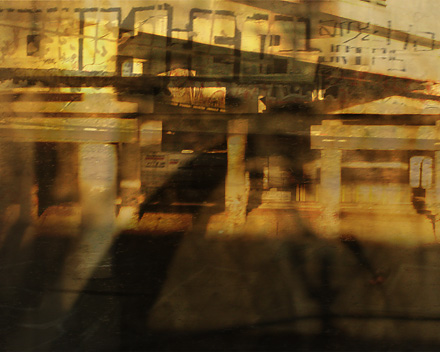
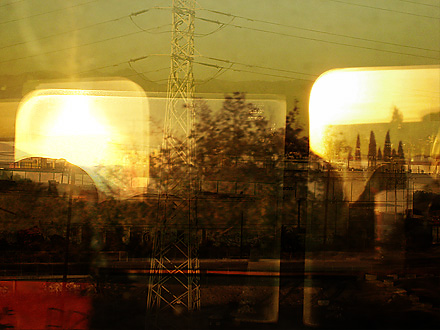
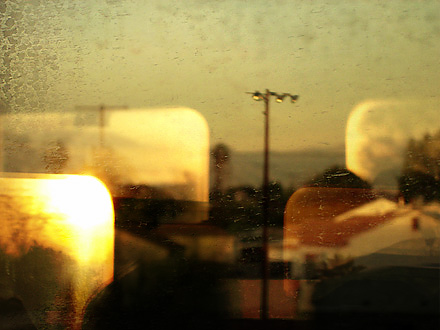
It is what it is and we like what it is.
Michael Mehl
